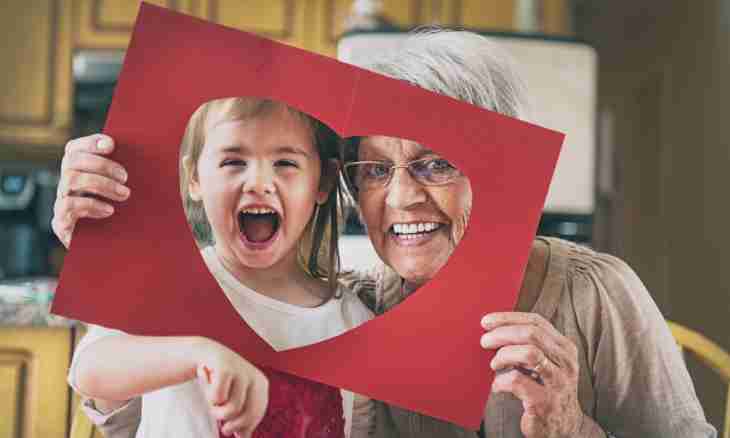Children's laughter pleases any adult. At the same time not each adult understands why the child laughs and as to make laugh him. If thinking of the adult for most of people is clear, and all know from what adults laugh, then the reasons of fun of the small child are open not for everyone. In this article we will tell how to make laugh the child and what his sense of humour at different stages of development depends on.
Instruction
1. Children begin to laugh in two-three months after the birth – usually laughter of babies expresses their good mood, joy, satisfaction and reaction to the pleasant feelings brought by mom. If you want to make laugh absolutely small child, kiss him or throw up – he will not apprehend this action as ridiculous, but will laugh as will have pleasant feelings.
2. In nine months the child already begins to understand and realize surrounding objects. Begin to play hide-and-seek with the child – hide from him toys and things, asking where they were gone. Hide the hands or the child's hands under a blanket. Also you can hide the face in hands and "hide".
3. The hidden subject has to be in sight of the kid – then he will not be alarmed, but will derive pleasure from its "search". Such hide-and-seek "for fun" will force the kid to burst out laughing.
4. At such age the child begins to realize relationships of cause and effect. You can tickle it, and the child will laugh. At more advanced age promise the kid that you will tickle it, and he will laugh from one promise of a tickling.
5. At one-year-old age the kid acquires skill to be surprised to surrounding events when the reality does not coincide with its expectations. If you accidentally drop a package of things on a floor or will stumble, the child will burst out laughing as this situation will be for it unexpected.
6. In two years the child begins to form own sense of humour – to represent as if speaks by phone, putting a spoon or a hairbrush to an ear. Substituting a subject for its symbol, the child reaches the new level of development.
7. In two-three years the kid is capable to joke and entertain independently people around – to hide, to jump out unexpectedly of "ambush", to call parents and relatives by ridiculous names, to think out own jokes. By means of humour the small child can discharge a tense situation.
8. Apply humour together with the child in important situations – for example when the child learns to behave at a table or learns to go and to put on independently. Jokes will remove stress and alarm.

